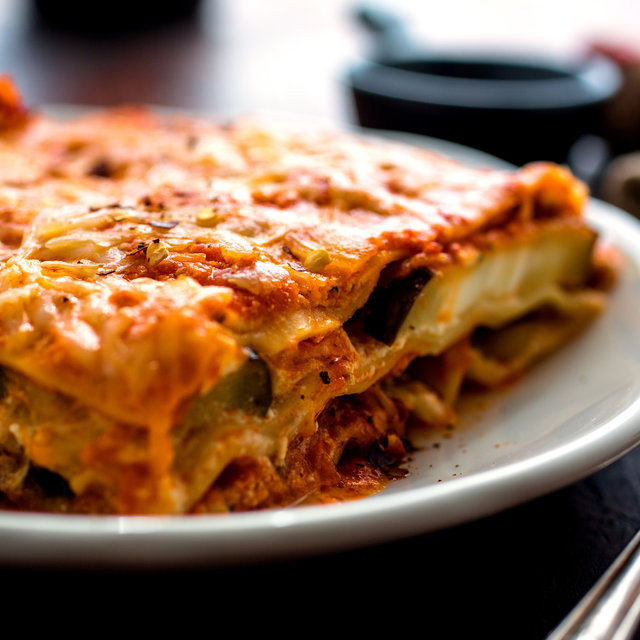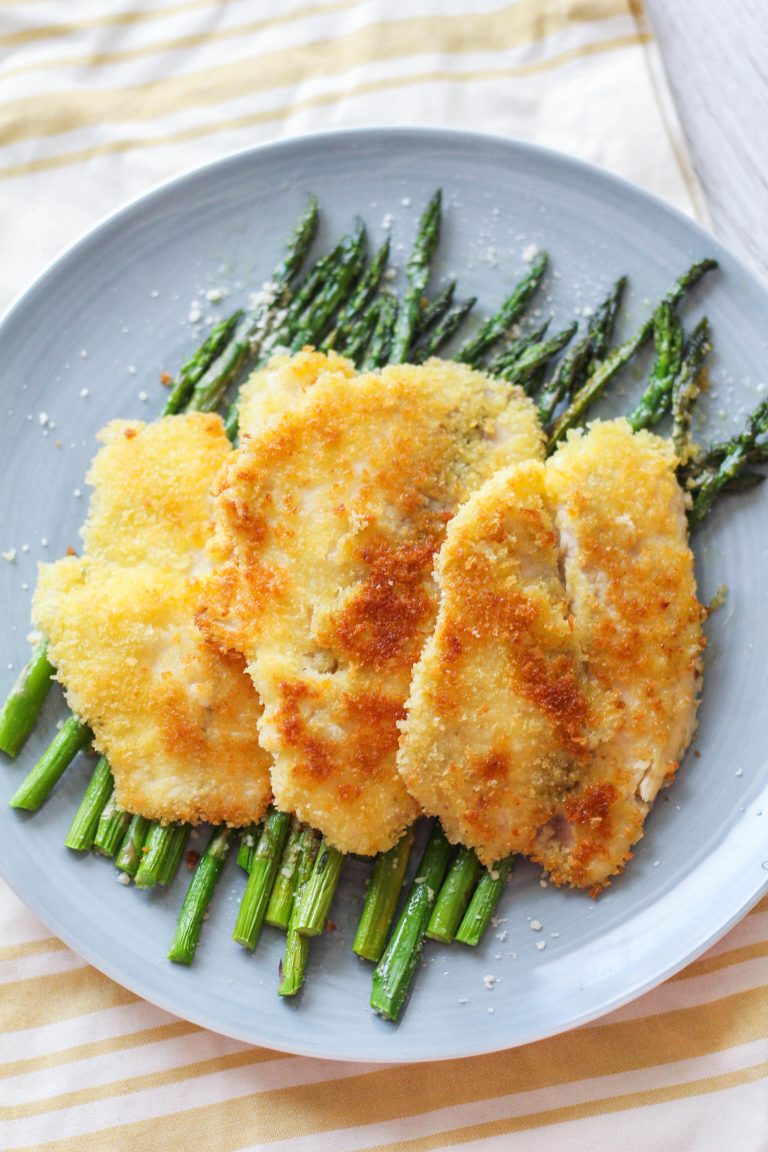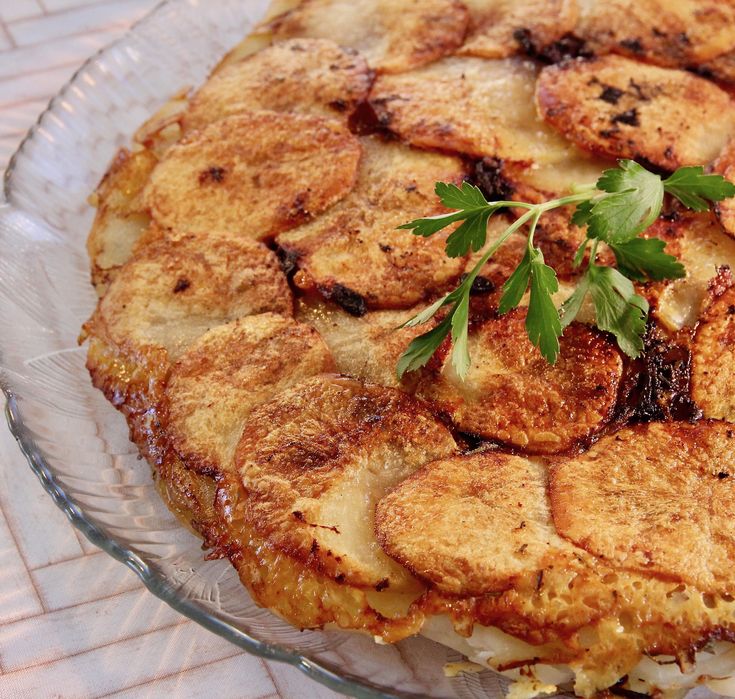Kheer Rice Pudding Recipe: Authentic Indian Dessert with Cultural Significance and Health Benefits
Kheer, known for its creamy texture and aromatic flavor, has roots in ancient India. References to Kheer exist in Hindu scriptures such as the Vedas. This dessert, initially a prasad (offering) to the gods, symbolizes prosperity. The ingredients back then included rice, milk, and sugar, much like today. Over time, Kheer evolved, adapting regional tastes and ingredients.
Regional Variations
Kheer boasts numerous regional variations across India. In North India, “Chawal ki Kheer” often includes cardamom and saffron. In South India, “Paal Payasam” usually uses jaggery instead of sugar, imparting a unique flavor. Bengali Payesh incorporates condensed milk, making it richer and creamier. Maharashtrian Basundi thickens further with prolonged boiling. Each variation highlights local tastes and ingredient availability.
Key Ingredients in Kheer Rice Pudding
Essential Components
Kheer, a classic Indian dessert, requires a few key ingredients to achieve its creamy texture and rich flavor. The essential components are:
- Milk: Use whole milk to ensure a creamy consistency. For vegan options, almond or coconut milk may be substituted.
- Rice: Choose a starchy variety like Basmati or Jasmine rice. These cook well and absorb flavors efficiently.
- Sugar: Granulated sugar or jaggery can be used for sweetening. Adjust the quantity based on personal preference.
- Cardamom: Ground cardamom adds a distinctive aroma and enhances the dessert’s flavor.
- Saffron: A few strands of saffron give a rich golden color and luxurious taste.
Optional Add-ins for Enhanced Flavor
For a more indulgent version of Kheer, consider adding the following ingredients:
- Nuts: Almonds, pistachios, and cashews provide a crunchy texture and additional nutrients.
- Raisins: Golden or black raisins add a natural sweetness and chewy texture.
- Coconut: Shredded fresh or dry coconut can enhance the tropical flavor.
- Rose Water: A splash of rose water introduces a floral note and elevates the fragrance.
- Condensed Milk: For a richer and thicker Kheer, add a small amount of condensed milk.
Each ingredient contributes to the complexity and depth of flavor in Kheer Rice Pudding, transforming a simple recipe into a memorable dessert.
Step-by-Step Preparation of Kheer Rice Pudding
Cooking the Rice
Begin by rinsing 1 cup of Basmati or Jasmine rice under cold water until the water runs clear. This removes excess starch and prevents clumping. In a deep saucepan, add the rinsed rice and 4 cups of water. Bring to a boil over medium heat, then reduce the heat to low and let it simmer. Cook the rice for about 15-20 minutes or until it’s fully tender but not mushy. Drain any excess water if necessary.
Adding Spices and Sweeteners
Pour 4 cups of whole milk into the saucepan with the cooked rice. Bring to a gentle boil over medium heat, stirring occasionally to prevent the rice from sticking to the bottom. Once boiling, reduce the heat to low and simmer for about 30-40 minutes, stirring frequently.
Add 1 cup of sugar to the mixture, stirring until fully dissolved. Sprinkle in 1 teaspoon of ground cardamom and 1 pinch of saffron threads. These spices enhance the flavor profile of the Kheer. Optionally, you can include 2 tablespoons of rose water for a floral touch.
Continue cooking until the mixture thickens to a creamy consistency. If desired, fold in 1/4 cup of chopped nuts (almonds or pistachios) and 1/4 cup of raisins. Remove from heat and let it cool slightly before serving or refrigerate for a chilled version.
Nutritional Benefits of Kheer Rice Pudding
Kheer Rice Pudding offers more than just a delightful taste. This traditional dessert packs several nutritional benefits, making it a guilt-free indulgence.
Caloric and Nutrient Content
A standard serving of Kheer contains approximately 250-300 calories, depending on the ingredients used. The primary components include whole milk, rice, and sugar, contributing to its caloric density. Whole milk enriches the kheer with essential nutrients such as calcium, vitamin D, and protein. Rice provides carbohydrates which serve as an energy source. Sugar adds to the calorie count but enhances the sweetness that defines kheer.
- Milk: Whole milk in kheer supplies calcium and vitamin D, which are crucial for bone health. Protein content from milk supports muscle maintenance and growth.
- Rice: Basmati or Jasmine rice in kheer offers carbohydrates, fueling your body and maintaining energy levels.
- Cardamom: This spice contributes antioxidants that can help combat inflammation and improve digestive health.
- Saffron: Known for its rich antioxidants, saffron can improve mood and has potential antidepressant properties.
- Nuts and Raisins: Optional additions like almonds, cashews, and raisins provide healthy fats, vitamins, and minerals. These include Vitamin E, magnesium, and potassium, all beneficial for heart health.
Combining these ingredients, kheer becomes not just a dessert but a nutritional boon, offering multiple health benefits in each serving.
Serving and Enjoying Kheer Rice Pudding
Traditional Garnishing and Presentation
For an authentic experience, garnish Kheer Rice Pudding with a variety of toppings. Consider sprinkling chopped nuts (such as almonds, cashews, and pistachios), which add a delightful crunch and enhance the dish’s visual appeal. Other popular toppings include raisins and saffron strands, providing subtle sweetness and a rich aroma. Ensure you use edible rose petals for a touch of elegance and color.
Serve Kheer chilled or warm, based on personal preference and seasonal context. Use traditional earthen pots or silver bowls to elevate the presentation, offering a glimpse into the cultural heritage behind this dessert. The final presentation should be delicate yet inviting, reflecting the care put into its preparation.
Occasions and Cultural Significance
Kheer Rice Pudding holds deep cultural significance in Indian traditions. It’s often served during festivals such as Diwali, Eid, and Raksha Bandhan, symbolizing prosperity and goodwill. Families also prepare Kheer for special occasions like weddings and birthdays, where it represents joy and celebration.
This dessert is integral to religious rituals and ceremonies. For instance, it’s a common offering during pujas and is believed to bring blessings and good fortune. By serving Kheer, you embrace a rich cultural heritage and make any occasion memorable.
Conclusion
Kheer Rice Pudding is more than just a dessert; it’s a rich tapestry of flavors, traditions, and cultural significance. Whether you serve it warm or chilled, garnished with nuts and saffron, it’s sure to bring a touch of Indian heritage to your table. Enjoy it as a sweet end to your meal or as a festive treat during special occasions. By making Kheer, you’re not just cooking; you’re preserving a piece of history and sharing in a tradition that celebrates prosperity and joy. So, gather your ingredients and embrace the art of making this timeless dessert.






